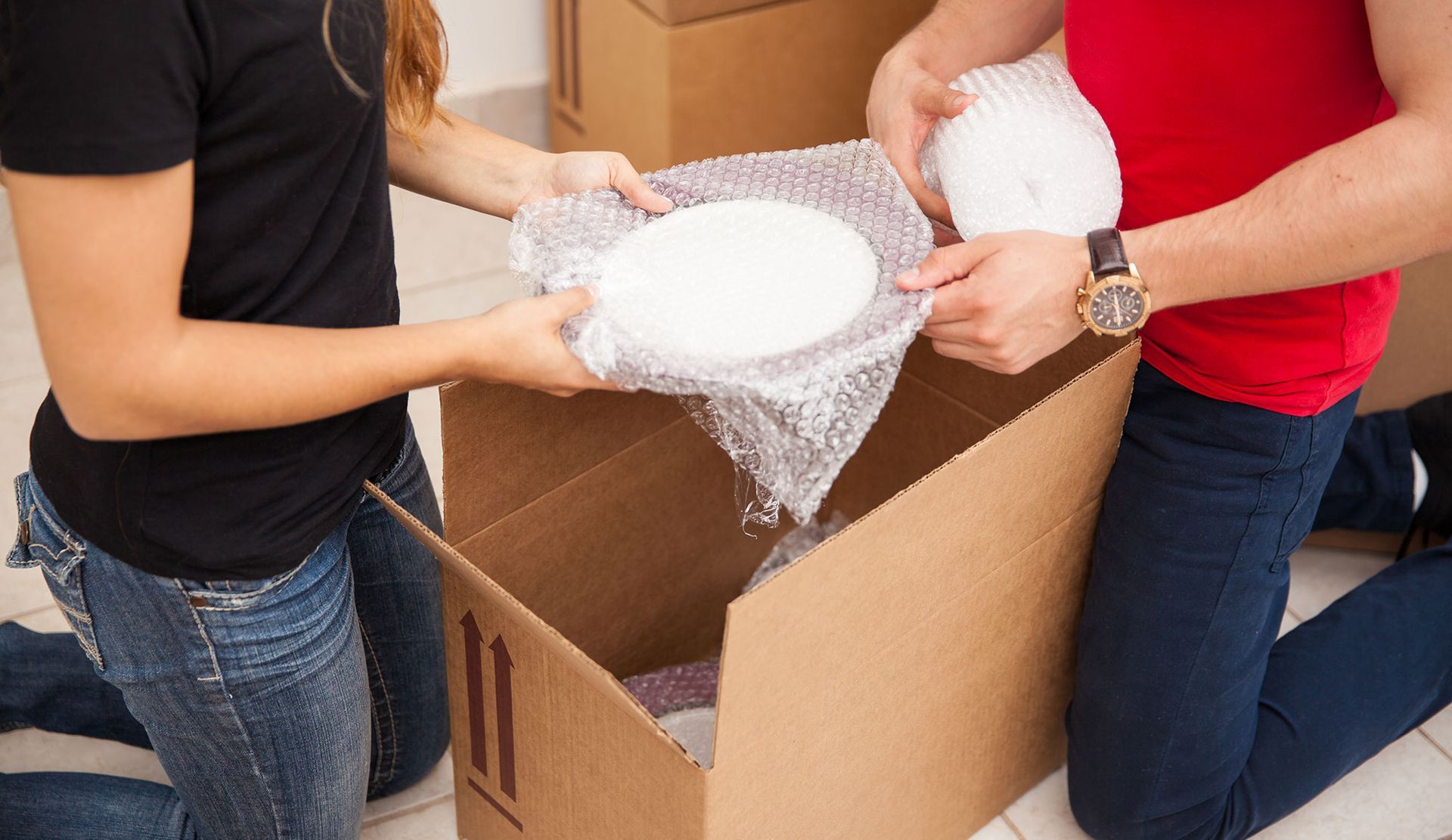7 Practical Tips For Packing Clothes For Moving
7012742795 • October 9, 2023
Packing clothes for moving might not seem as daunting as packing up larger household items, but it can still be a challenging and time-consuming task. Ensuring that your wardrobe arrives at your new destination in great condition, wrinkle-free and well-organized, requires a thoughtful approach. In this article, we will delve into seven practical tips for packing clothes when moving. By following these expert guidelines, you can streamline the process and make your clothing-packing experience efficient and stress-free.
1. Declutter Your Wardrobe
Start by going through your clothing items one by one. Consider the last time you wore each piece and whether it still fits your style and lifestyle. If you haven't worn something in a year or more, it's probably time to part with it. Create separate piles for items to keep, donate, and discard. The donation pile can help those in need, and the discard pile helps reduce the overall volume of clothing you need to pack.
2. Invest in Quality Packing Materials
Gathering the right packing materials is crucial for keeping your clothes safe during the move. Here's what you'll need:
Moving Boxes: Sturdy moving boxes are essential. You can use various box sizes, but make sure they are in good condition to prevent any damage to your clothes.
Wardrobe Boxes: Wardrobe boxes are particularly useful for transporting hanging clothes. These boxes come with a built-in bar that allows you to hang your clothes directly inside. This not only reduces wrinkles but also makes unpacking a breeze.
Packing Paper: Use packing paper to wrap delicate or fragile clothing items. It provides an extra layer of protection and prevents items from rubbing against each other during transportation.
Packing Tape: High-quality packing tape is essential for sealing your boxes securely.
3. Sort by Season and Category
Organizing your clothes before packing them can save you a lot of time and effort during both the packing and unpacking phases of your move. Start by sorting your clothes by season and category. For example, group all your winter coats together, and all your summer dresses together.
4. Protect Delicate Items
For delicate or valuable clothing items, taking extra precautions is a wise move. Consider wrapping them in clean white tissue paper or using garment bags. Garment bags, in particular, are excellent for protecting formalwear, suits, and dresses. They provide a barrier against dust, moisture, and potential damage during the move.
5. Utilize Vacuum Storage Bags
Maximizing space is crucial when it comes to moving clothes. One practical solution is to use vacuum storage bags for items like bedding, towels, and out-of-season clothing. These bags compress the contents, reducing the overall volume and making them easier to transport. However, keep in mind that over-packing vacuum bags can result in wrinkles, so use them judiciously.
6. Label Boxes Clearly
Labeling each box with its contents and the room it belongs to is a crucial step in the packing process. This step simplifies the unpacking process, allowing you to prioritize which boxes to open first and which ones can wait. You can go a step further and use color-coded labels for different family members or types of clothing to enhance organization.
7. Pack an Essentials Bag
As you pack your clothing for the move, remember to prepare an essentials bag. This bag should contain clothing items that you'll need immediately upon arriving at your new home. Include a change of clothes, toiletries, and any specific clothing required for the first few days in your new space.
Packing clothes for moving may initially seem like a straightforward task, but it requires careful planning and execution to ensure your wardrobe arrives in excellent condition.












Share On: